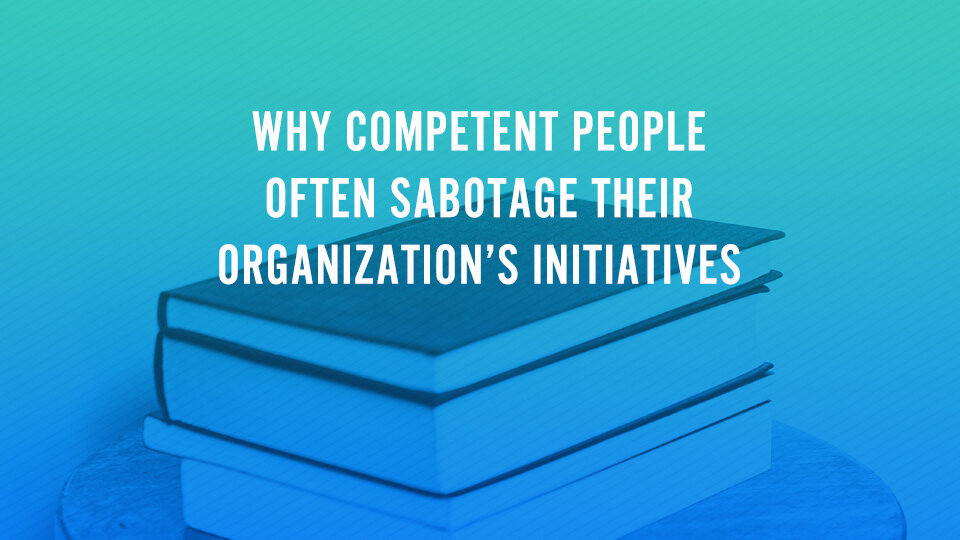Why Competent People Often Sabotage Their Organization's Initiatives
By Maurilio Amorim
Years ago, I was in energizing talks with a major Christian Publisher's leadership. Amazon was emerging, poised to disrupt publishing, yet direct-to-consumer sales were taboo for traditional publishers. Despite understanding the status quo's limitations and the potential of a digital approach, the executives agreed to advance the project. But, it never happened.
This made me wonder: Why do capable individuals often obstruct organizational initiatives?
A key reason is the human inclination to stick to the familiar. Innovation, while thrilling, can also be intimidating. People prefer known inefficiencies over unfamiliar innovations—not always out of incompetence, but due to instinctive caution against potential threats and fear.
Organizations also self-protect through their established systems, making any attempt to alter the predetermined operation akin to redirecting a river with a paddle.
Systemic inertia becomes more profound as procedures become entrenched, rendering significant change almost unfeasible.
Sometimes, it's simpler to found a new entity than to shift an existing one.
A pivotal insight is recognizing when people, regardless of talent, hit their growth ceiling. This isn't a question of only limited ability but a personal choice not to progress as well.
Persistent training or coaching cannot fill this gap if someone opts not to exceed their limits. This leads to mutual frustration: leaders are dismayed by stalled progress and individuals are stressed by seemingly insurmountable demands.
This gap can thwart new initiatives and erode the trust and motivation vital for success. To lead change effectively, one must appreciate the pull of comfort zones, structural change resistance, and the nuances of individual growth thresholds.
Sometimes, establishing an autonomous body to circumvent the main organization's resistance can be a viable solution. Additionally, leaders should judiciously decide when to foster development and when to respect a person's chosen growth boundary.













